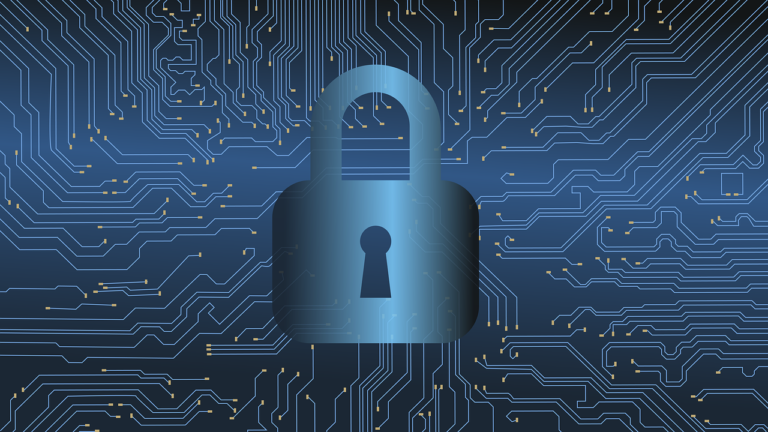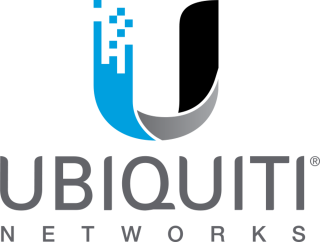In the modern digital era, data security has become a paramount concern for businesses of all sizes. With the increasing number of cyber threats and data breaches, it is crucial for businesses to have robust security measures in place to protect sensitive information. One of the most widely recognized standards for data security is the National Institute of Standards and Technology (NIST) compliance. NIST compliance ensures that businesses have the necessary measures in place to protect sensitive information and prevent data breaches. In this comprehensive guide, we will delve into the steps to achieve NIST compliance for your business, providing you with a roadmap to enhance your data security.
Understanding NIST Compliance
NIST compliance refers to adhering to the guidelines and standards set by the National Institute of Standards and Technology, a non-regulatory federal agency under the U.S. Department of Commerce. The NIST framework provides a comprehensive set of guidelines and best practices for managing and securing sensitive information. It covers various aspects of data security, including risk assessment, access control, incident response, and security awareness training. The framework is designed to be flexible and adaptable, allowing businesses to tailor their security measures to their specific needs and risks.
The NIST framework is not a one-size-fits-all solution, but rather a set of best practices that can be adapted to fit the unique needs of each organization. It is designed to be a living document, evolving and adapting to the changing landscape of cyber threats and security technologies.
Step 1: Assess Your Current Security Measures
The first step towards achieving NIST compliance is to assess your current security measures. This involves conducting a thorough review of your existing policies, procedures, and technologies. You need to understand what measures you currently have in place, how effective they are, and where there might be gaps or weaknesses. This assessment should cover all aspects of your security infrastructure, including physical security, network security, application security, and data security.
Identifying the gaps in your current security measures is a critical step in the process. These gaps represent potential vulnerabilities that could be exploited by cybercriminals. By identifying these gaps, you can prioritize your efforts and focus on the areas that need the most improvement.
Step 2: Develop a Risk Management Plan
Once you have identified the gaps in your security measures, the next step is to develop a risk management plan. This plan should outline the specific actions you will take to mitigate the identified risks. It should include measures such as implementing access controls, encrypting sensitive data, and regularly monitoring and updating your security systems.
A risk management plan is not just about identifying and mitigating risks. It also involves identifying opportunities for improvement and setting goals for your security measures. By setting clear, measurable goals, you can track your progress towards achieving NIST compliance and continuously improve your security measures.
Step 3: Implement NIST 800-171 Compliance Software
To streamline the process of achieving NIST compliance, consider implementing NIST 800-171 compliance software. This software is specifically designed to help businesses meet the requirements outlined in the NIST 800-171 publication. It provides a centralized platform for managing and monitoring your security measures, making it easier to track your progress towards compliance.
NIST 800-171 compliance software can automate many of the tasks involved in achieving compliance, such as risk assessment, policy management, and incident response. By automating these tasks, you can save time and resources, allowing you to focus on other aspects of your business.
Step 4: Train Your Employees
Data security is not just the responsibility of the IT department; it is a collective effort that involves every employee in the organization. Educate your employees about the importance of data security and provide them with the necessary training to identify and respond to potential security threats. Regularly conduct security awareness training sessions to ensure that your employees are up to date with the latest security practices.
Employee training should not be a one-time event, but rather an ongoing process. Regular training sessions can help reinforce the importance of data security and ensure that your employees are aware of the latest threats and how to respond to them.
Step 5: Regularly Monitor and Update Your Security Measures
Achieving NIST compliance is not a one-time task; it requires ongoing monitoring and updating of your security measures. Regularly review and assess your security infrastructure to identify any new risks or vulnerabilities. Stay up to date with the latest NIST guidelines and best practices and make necessary adjustments to your security measures accordingly.
Monitoring your security measures is not just about identifying new risks. It also involves tracking your progress towards achieving your security goals and making adjustments as necessary. By regularly monitoring your security measures, you can ensure that you are continuously improving your security posture and staying ahead of the evolving cyber threat landscape.
Step 6: Conduct Regular Audits
To ensure that your business remains NIST compliant, it is essential to conduct regular audits. These audits will help you identify any gaps or weaknesses in your security measures that may have been overlooked. Engage a third-party auditor to conduct an independent assessment of your security infrastructure and provide recommendations for improvement.
Regular audits can provide an objective assessment of your security measures, helping you identify areas of improvement and validate the effectiveness of your security measures. They can also provide reassurance to your customers and stakeholders that you are taking data security seriously and are committed to protecting their sensitive information.
Step 7: Stay Informed
Data security threats are constantly evolving, and it is crucial to stay informed about the latest trends and developments in the field. Subscribe to industry newsletters, attend conferences and webinars, and join relevant professional networks to stay up to date with the latest security practices. Regularly review the NIST website for updates and new guidelines.
Staying informed about the latest trends and developments in data security can help you stay ahead of the curve and respond effectively to new threats. It can also help you identify new opportunities for improving your security measures and achieving your security goals.
Conclusion
Achieving NIST compliance is a critical step towards ensuring the security of your business’s sensitive information. By following the steps outlined in this guide, you can establish a robust security infrastructure that protects your data from potential threats. Remember, data security is an ongoing process, and it requires continuous monitoring and updating of your security measures. Stay informed, train your employees, and regularly assess your security infrastructure to maintain NIST compliance and safeguard your business’s valuable data. By doing so, you can not only protect your business but also build trust with your customers and stakeholders, enhancing your reputation and competitiveness in the market.










